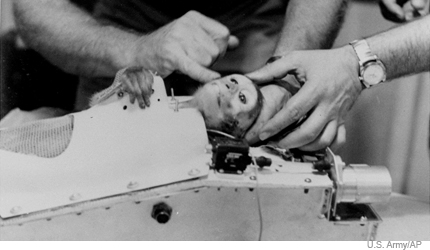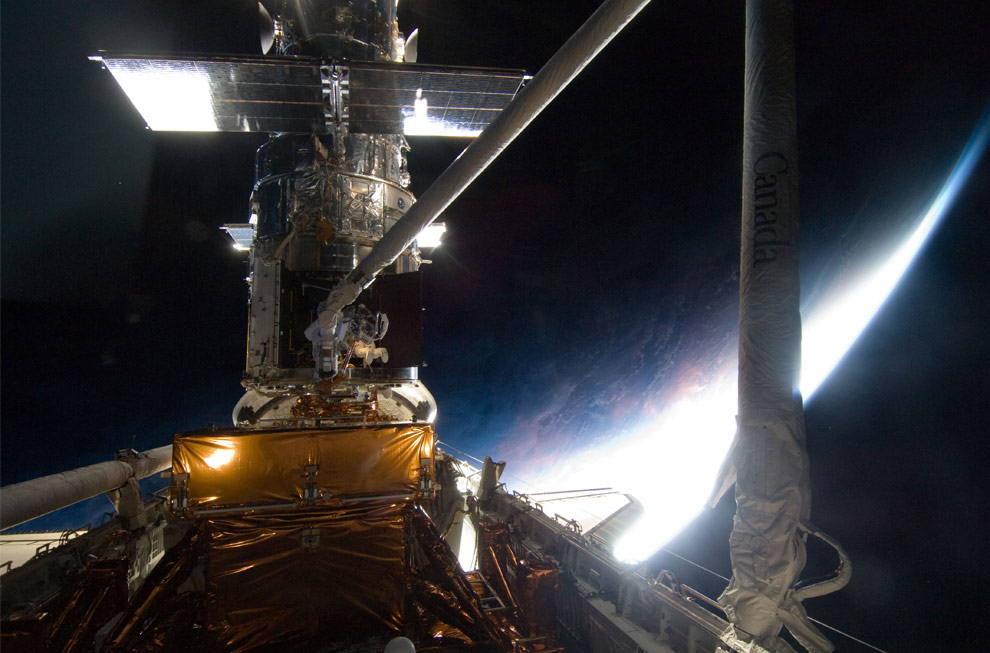“So why do tech geeks love space? Though they may have the resources — a trip to space will now set you back some $45 million — this can’t be the full answer: You don’t see Donald Trump or P. Diddy signing up for an astro-mission. What makes it worth it for the tech geeks?” The Big Money‘s Julia Ioffe tries to ascertain why dot.com miliionaires pay out the nose for space travel. Uh, because it’s there?
“‘There’s a documentary called Orphans of Apollo that’s stated this well,’ he explained. ‘There’s a generation of us, who are the tech leaders of today, who were universally inspired to go into science and technology because of the NASA Lunar Space Program. And the reason the movie is called Orphans of Apollo is because, in many ways, we feel orphaned by the fact that the space industry has not done a good job of capitalizing on that momentum of what many of us believed were the first steps into space, carrying the mission of human space flight farther and farther into deep space.’“





